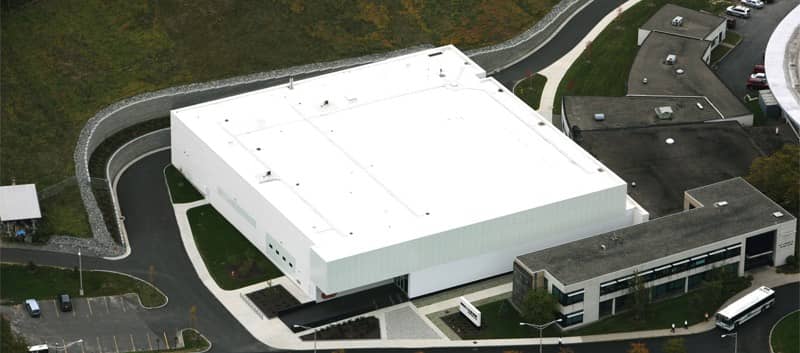Thicker is not always better; better is better!
 With a virtual smorgasbord of roofing products to choose from, quality, value, and performance cannot be determined by measuring and subsequently putting a price on thickness alone. The debate is only technically relative to “like kind” materials and the novice has a tendency to assume that just because certain products are similar, they are all alike.
With a virtual smorgasbord of roofing products to choose from, quality, value, and performance cannot be determined by measuring and subsequently putting a price on thickness alone. The debate is only technically relative to “like kind” materials and the novice has a tendency to assume that just because certain products are similar, they are all alike.
Just about any roof system will stop water infiltration for a while but if you’re looking for performance, it is important to understand the entire value proposition. And thickness alone, above the fiber, below the fiber, or in total for that matter, offers little assurance that your purchase will meet your expectations. The only truth in this matter is that you will most likely get exactly what you pay for.
There are three separate ASTM thermoplastic standards for three very distinct plastic membrane technologies. The segregation of the “plastics” has been recognized by FM, UL, the NRCA and the ICC. Yet we continue to debate the value of “thickness” as a measure of the comparative value proposition among the individual products.
Look at the individual products within their ASTM class and evaluate their ‘thickness” as a percentage of the minimum requirement as established by ASTM. ASTM Standards are only published as the result of consensus among a broad spectrum of industry professionals. The standards offer a characterization of specific products and articulate minimum physical properties desirable for those SPECIFIC products.
Theoretically, an 80mil TPO should out perform a 60mil TPO but that doesn’t mean the thicker TPO will out perform a 60mil vinyl or even a 36mil KEE membrane. It’s not the thickness of the material that really dictates performance. Rather, it is the chemical makeup of the material and how it’s processed into a compound.
There’s no doubt and you will be hard pressed to find someone to disagree that the only way to evaluate the performance for any of the membranes segregated within the categories as agreed upon by the ASTM Committees, is TIME.
Today, the thickness paradigm is rampant and crosses all polymeric materials. Is the push for thicker membranes really necessary? When consideration is given to the roofing industry’s new obsessions with sustainability, the question is not just whether these thicker materials are relevant to performance, but also if they can be stewards of our limited natural resources.
By definition, a true KEE membrane does not have to be thick to exhibit very desirable membrane attributes or retard the loss of some migratory component, whether it is the plasticizers in PVC or the Heat Stabilizers in TPO. KEE does not migrate, and a real KEE membrane with a minimum thickness of 0.81 mm (0.03 in.) has proven its ability to remain flexible and endure in harsh environments for more than 25 years.
Better is better when you consider how a KEE membrane is engineered. The membrane’s strength attributes come from the fabric, not its thickness. If the fabric is properly engineered, then the KEE coating’s purpose is to protect the fabric’s inherent attributes. Of course, the coating does have to endure the effects of time—and with roofing, time is brutal, but KEE has endured.
-1.png?width=500&height=271&name=FiberTite_Only%20(500px%20wide)-1.png)


-1.png)